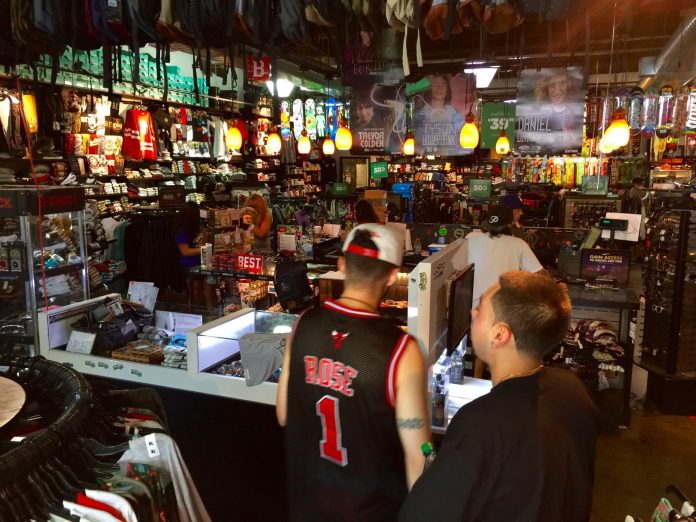
GILROY—Nearly 5 percent more sales tax revenue was collected in Gilroy during the first quarter of 2015 compared to the same time period last year, according to data recently released by the city of Gilroy. That growth surpassed the statewide gain of 3.1 percent.
A total of $3,024,895 was generated citywide between April 2014 and March 2015, a 4.9 percent—or $141,897—increase in overall receipts. While Gilroy outperformed Morgan Hill, which saw an increase of 0.7 percent in the first quarter of 2015, the city lagged behind the countywide gain of 12.2 percent.
The data point to a continuing economic recovery at the local level since September 2009, when sales tax receipts bottomed out during the recession, the president of the Gilroy Economic Development Corporation said.
“It’s an indication of what’s going on throughout the economy: consumer confidence has returned,” Tammy Brownlow told the Dispatch. “For the last several quarters, we’ve seen quarter after quarter of increases in Gilroy back to pre-recession levels. It bodes well for the community.”
The Gilroy Premium Outlets helped bring in the most sales tax of all business sectors with $578,030, an increase of 2.5 percent compared to the first quarter of 2014. Of the outlet mall’s 145 individual stores, six landed on the city’s list of the top 25 sales tax generators.
The city’s automobile dealers followed close behind the outlets with $528,197 in overall sales tax receipts, a 21.3 percent increase over last year.
The largest decrease in sales tax was noted at gas stations in Gilroy. Collectively, they saw a reduction of 18 percent.
The decrease can be attributed to the falling price of fuel during the first quarter of the year, when gas prices in the San Jose area exceeded $4 per gallon, Brownlow said.
Downtown businesses located in the historic, expansion and transition districts—excluding car dealers and gas stations—saw a slight decrease in receipts, 1.8 percent, during the first quarter of 2015. The downtown core generated $1,300 less than it did last year, which Brownlow noted was not a significant decrease.
“It’s not enough to raise any alarms. We know the downtown, overall, is doing much better,” she said.













